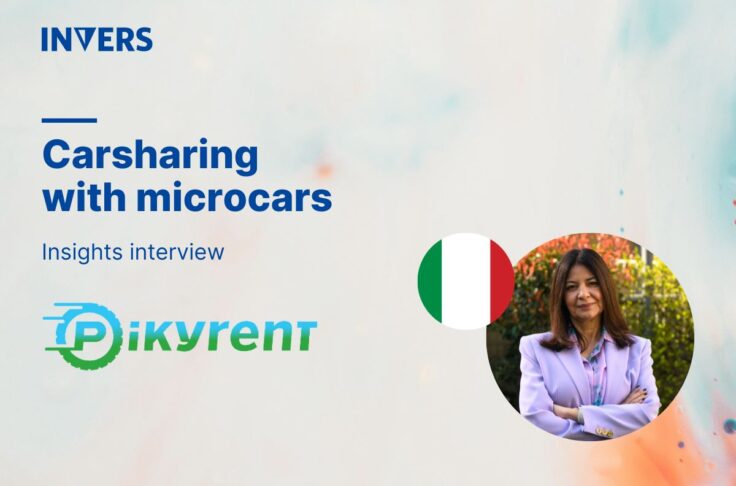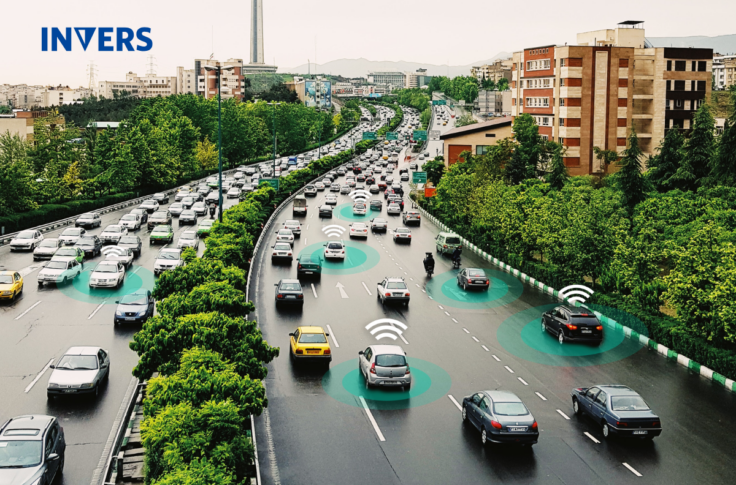What is Peer-to-Peer Carsharing?
Summary
Peer-to-peer carsharing is evolving as a way to get people to share their personal vehicles with others. Instead of handing over keys in person, this type of shared mobility can be automated and accomplished more conveniently with the right technology.

For example, Drivy, a peer to peer service operating in Europe, understood the need for additional convenience and worked to identify the opportunity to create a better key exchange process. As a result, Drivy created a premium option in their peer to peer service – Drivy Open. By installing in-car hardware, vehicle keys can be kept securely in the vehicle. Users who have the vehicle booked can access it through an app, removing the need for a physical exchange of keys. For the driver, they know when the vehicle gets picked up and returned. All this is able to happen seamlessly via the Drivy app.
Technology has enabled a wealth of shared mobility options, including peer to peer services. Growth in this industry is just beginning, and there is still opportunities to expand to new markets or add features to existing services.
Related Posts

Carsharing, Expert Interviews, Shared Mobility
Insights interview on the Italian microcar sharing market
Italy stands out as the largest market for microcars in European carsharing. We asked Antonella Comes, CEO of the Italian shared mobility provider Pikyrent, about their microcar experience, the reasons to include the Citroën Ami in their fleet, insights from their users, and challenges to the European microcar sharing market.

Carsharing, Shared Mobility, Technology
How We Solved The One-Way Problem
It's impossible to completely prevent vehicle misuse, but the right systems can collect the data you need for insights into how your users drive your vehicles. Read on for a guide on everything you need to know about driver behavior monitoring.

Carsharing, Shared Mobility, Technology
The Ultimate Guide To Driver Behavior Monitoring
It's impossible to completely prevent vehicle misuse, but the right systems can collect the data you need for insights into how your users drive your vehicles. Read on for a guide on everything you need to know about driver behavior monitoring.